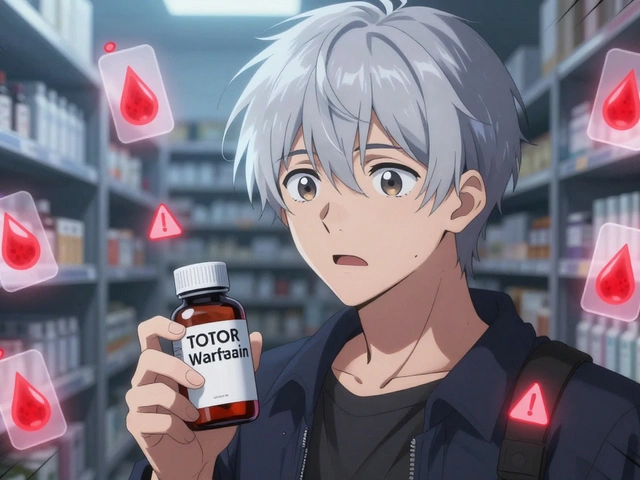Hair Growth Tips: Simple Steps to Thicker, Healthier Hair
If you’re scrolling through endless product ads and wondering what actually works, you’re not alone. A lot of the hype is fluff, but the basics—nutrition, scalp health, and low‑stress habits—really do matter. Below you’ll find straightforward actions you can start today without breaking the bank.
Feed Your Follicles From the Inside Out
Hair is mostly protein, so a diet rich in high‑quality protein helps keep the shaft strong. Think eggs, lean poultry, fish, beans, and Greek yogurt. Don’t overlook micronutrients: iron, zinc, and biotin play a big role in follicle function. A quick test of your diet might reveal you’re low on iron; adding red meat or fortified cereals can make a difference. Omega‑3 fatty acids, found in salmon, walnuts, and flaxseed, also support scalp circulation, delivering oxygen and nutrients where they’re needed most.
Scalp Care and Low‑Impact Stimulation
Most people treat the scalp like a static surface, but a little movement goes a long way. A 5‑minute scalp massage each night with gentle pressure can boost blood flow and signal follicles to stay in the growth phase. Use your fingertips, not nails, and consider a light oil—such as jojoba or coconut—to reduce friction. If you prefer gadgets, a low‑frequency laser comb or a vibrating brush can provide consistent stimulation, but they’re optional; your hands work just fine.
Keeping the scalp clean without over‑washing is another balance. Harsh sulfates strip natural oils, leaving hair brittle. Choose a sulfate‑free shampoo and limit washes to two or three times a week unless you sweat heavily. After shampoo, follow with a conditioner focused on the mid‑lengths and ends; the scalp doesn’t need heavy conditioning.
Know the difference between temporary shedding and real hair loss. It’s normal to lose 50‑100 strands a day. If you notice large clumps in the brush or a widening part, that could signal a problem worth discussing with a dermatologist. Early intervention—whether it’s a prescription like minoxidil or a change in medication—often yields better results.
Stress is a silent hair thief. Chronic cortisol spikes push more follicles into the resting phase, which shows up as thinning. Incorporate simple stress‑busting habits: a 10‑minute walk, deep‑breathing exercises, or a short meditation session. Even a hobby you enjoy can lower stress hormones enough to give your hair a break.
Finally, be skeptical of miracle formulas promising overnight growth. Most of those products lack solid clinical data. If you decide to try a topical, look for ingredients with proven track records—minoxidil (5% for men, 2% for women) and finasteride (for men) have the most research behind them. Always read the label, follow dosing instructions, and give it at least three months to see any effect.
In short, the best hair‑growth plan combines good nutrition, gentle scalp stimulation, balanced hygiene, and stress management. Stick with these habits for a few months, track any changes, and you’ll likely notice stronger, fuller strands. No expensive shortcuts needed—just consistent, sensible care.

Horsetail Supplements: Benefits, Choosing Tips & Safety Guide
Discover how horsetail supplements can boost bone, skin, hair and urinary health, learn what to look for in quality products, and use them safely.




